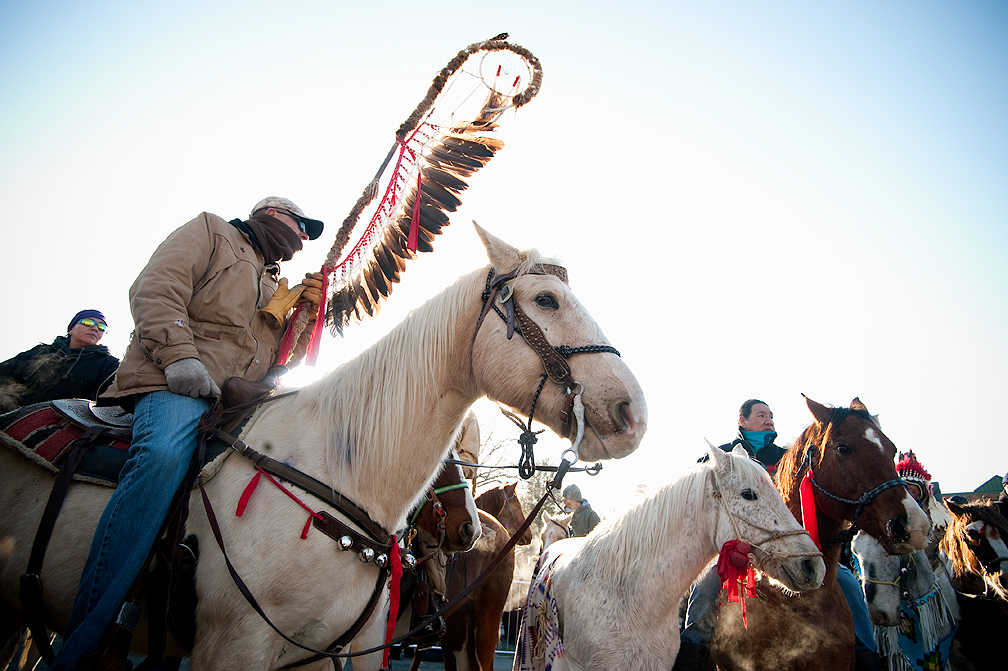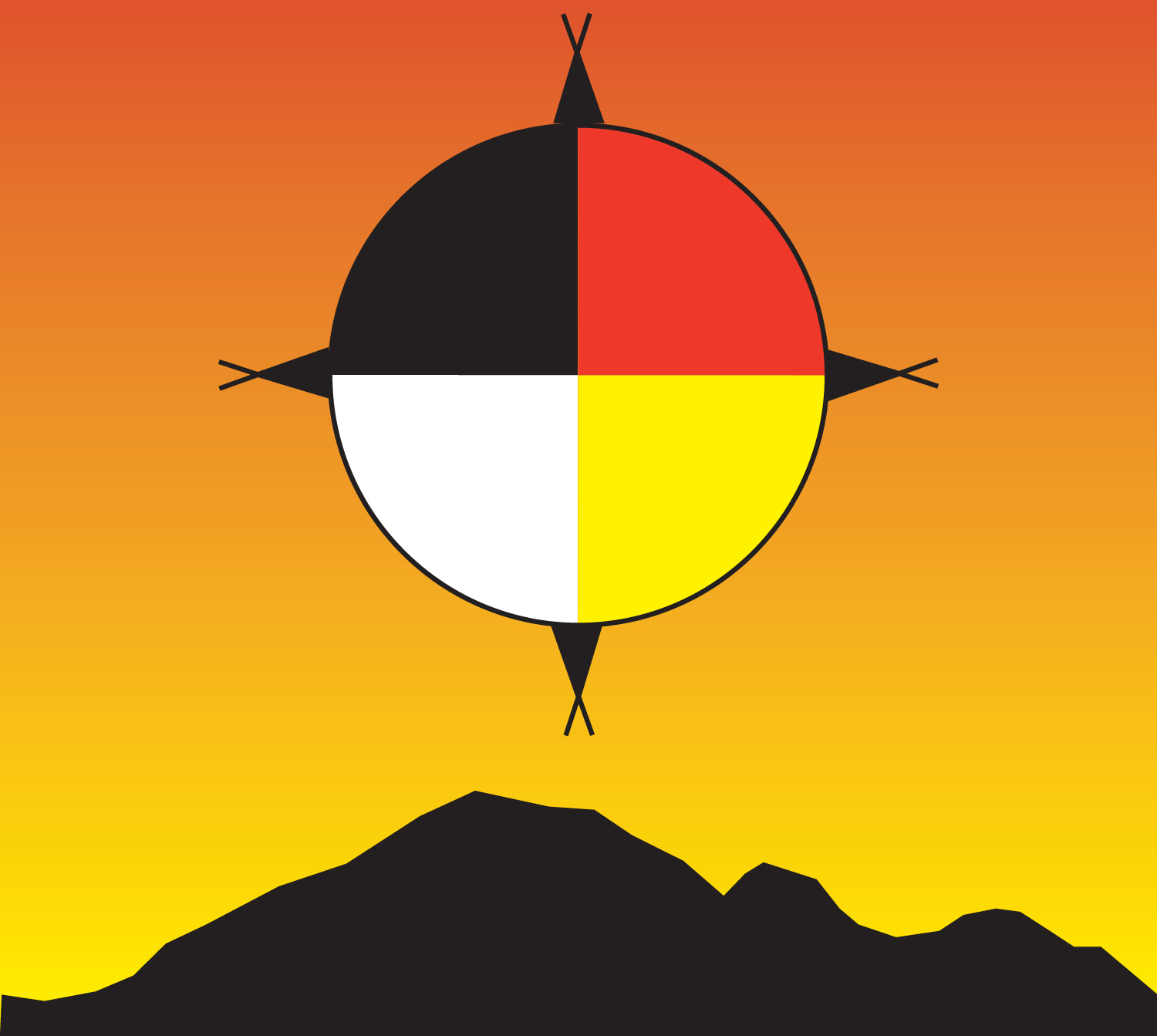Indianz.Com > News > Native Sun News Today Editorial: A month of tragedies for our people

The month of December marked many tragedies for the Lakota, Dakota and Nakota people
Wednesday, December 23, 2020
On December 15, 1890, Sitting Bull was shot to death on the Standing Rock Sioux Reservation.
In order to justify his murder the newspapers and the federal government attempted to paint him as a terrible man, a war monger and the leader of a new religion called the Ghost Dance.
None of this was true. Caroline Weldon, a teacher and missionary who spent much time among Sitting Bull’s people, describes Sitting Bull as a good man. She wrote:
“Sitting Bull was not treacherous, nor cruel. He was not a liar, nor a murderer, as has been charged. He was a man of true nobility of character and generous deeds. As a friend, he was sincere and true, as a patriot devoted and incorruptible. As a husband and father, affectionate and considerate. As a host, courteous and hospitable to the last degree.
He was a typical Indian, and he held tenaciously to the traditions, of this people as sacred legacy. He distrusted the innovations sought to be forced upon the Indians. He believed that all the white men cared for was to get the Indian’s land from him. He had no faith in Government Commissioners or Christian missionaries. What he saw of white civilization did not impress him favorably. There was too much avarice and too much hypocrisy in it.
He never signed a treaty to sell any portion of his people’s inheritance, and he refused to acknowledge the right of other Indians to sell his undivided share of the tribal lands. For this he was denounced as obstructionist, a foe to progress … His influence with his people was very great. This fact made him unpopular with all who saw in his policy and influence obstruction to their selfish schemes, hence they demanded his removal.”
One of the excuses given by the government for the murder of Sitting Bull was that he was fostering the Ghost Dance, a religious dance brought to the Lakota by a Paiute Medicine Man named Wovoka. Chief Big Foot feared for the lives of his followers because they were also accused of doing the Ghost Dance so he fled to the Pine Ridge Reservation seeking the protection of Red Cloud. He and his followers were stopped by troopers of the 7th Cavalry at Wounded Knee.
The horrible massacre at Wounded Knee on December 29, 1890, followed in the wake of the assassination of Sitting Bull. Nearly 300 Lakota men, women and children were slaughtered by the U.S. Army on that day of infamy.
On December 26, 1862, 38 Dakota warriors were hanged in Mankato, Minnesota.
NATIVE SUN NEWS TODAY
Support Native media!
Read the rest of the story on Native Sun News Today: The month of December marked many tragedies for the Lakota, Dakota and Nakota people
Contact the Native Sun News Today Editorial Board at editor@nativesunnews.today
Note: Copyright permission Native Sun News Today
Search
Filed Under
Tags
More Headlines
Ernie Stevens: Protecting tribal sovereignty in a new political era
Rhonda LeValdo and Gaylene Crouser: Not In Our Honor
AUDIO: Legislative Hearing on H.R.410, H.R.412, H.R.504 & H.R. 741
Native America Calling: Native in the Spotlight with Tatanka Means
VIDEO: ‘Thank you for your leadership’: Sen. Lisa Murkowski (R-Alaska) to Sen. Brian Schatz (D-Hawaii)
VIDEO: Senate Committee on Indian Affairs Organizational Business Meeting
Alaska Beacon: Trump administration faces lawsuit over tribal gaming facility
Native America Calling: Medicaid’s next chapter in Indian Country
H.R.43, the Alaska Native Village Municipal Lands Restoration Act
H.R.42, the Alaska Native Settlement Trust Eligibility Act
H.R.226, the Eastern Band of Cherokee Historic Lands Reacquisition Act
House Subcommittee on Indian and Insular Affairs holds first hearing
Native America Calling: Rising home insurance rates put more Native Americans at risk
Citizen of Navajo Nation tapped for Indian Affairs post
Native America Calling: Native Bookshelf with Ann-Helén Laestadius
More Headlines
Rhonda LeValdo and Gaylene Crouser: Not In Our Honor
AUDIO: Legislative Hearing on H.R.410, H.R.412, H.R.504 & H.R. 741
Native America Calling: Native in the Spotlight with Tatanka Means
VIDEO: ‘Thank you for your leadership’: Sen. Lisa Murkowski (R-Alaska) to Sen. Brian Schatz (D-Hawaii)
VIDEO: Senate Committee on Indian Affairs Organizational Business Meeting
Alaska Beacon: Trump administration faces lawsuit over tribal gaming facility
Native America Calling: Medicaid’s next chapter in Indian Country
H.R.43, the Alaska Native Village Municipal Lands Restoration Act
H.R.42, the Alaska Native Settlement Trust Eligibility Act
H.R.226, the Eastern Band of Cherokee Historic Lands Reacquisition Act
House Subcommittee on Indian and Insular Affairs holds first hearing
Native America Calling: Rising home insurance rates put more Native Americans at risk
Citizen of Navajo Nation tapped for Indian Affairs post
Native America Calling: Native Bookshelf with Ann-Helén Laestadius
More Headlines
